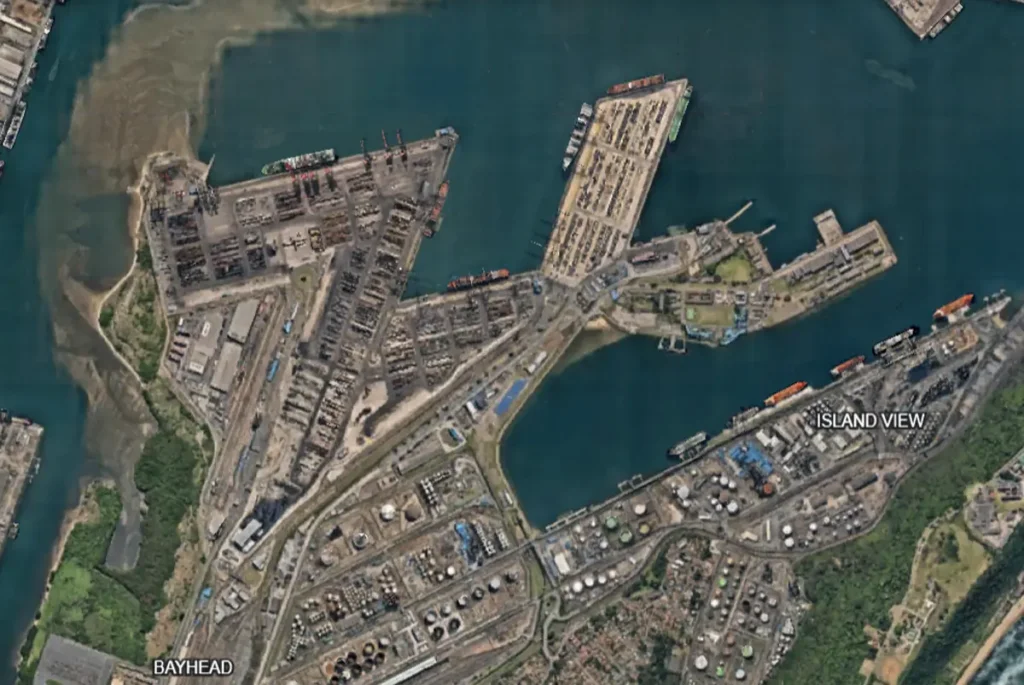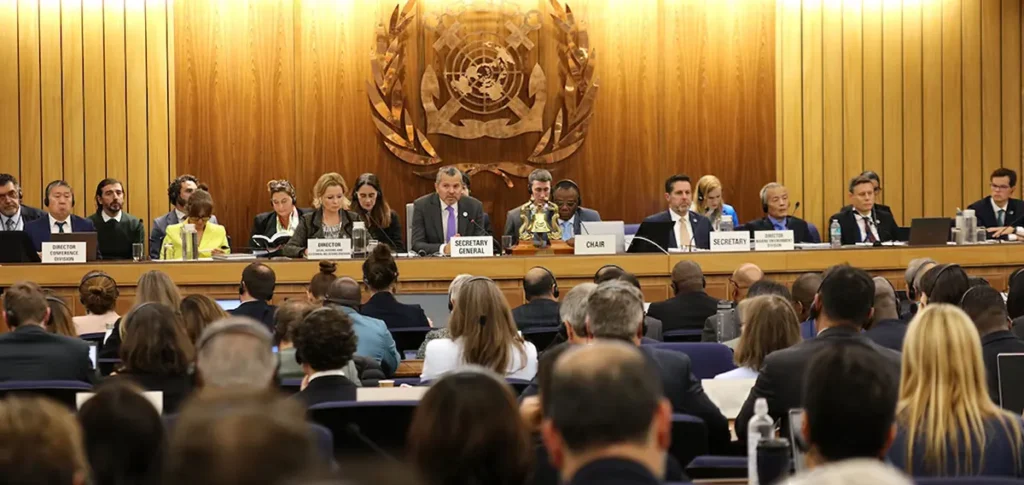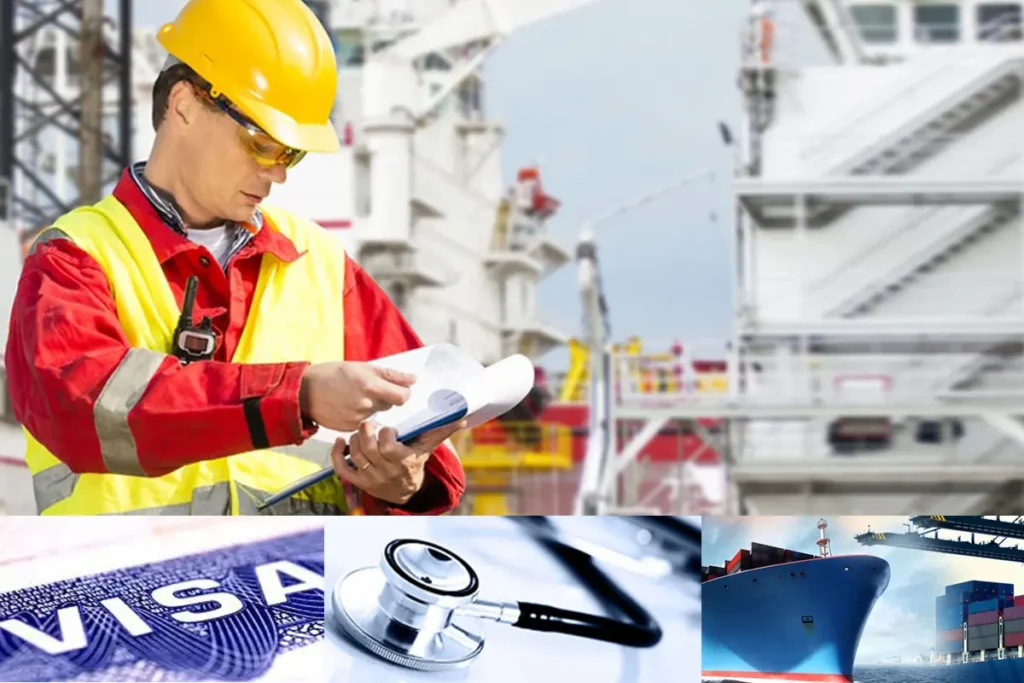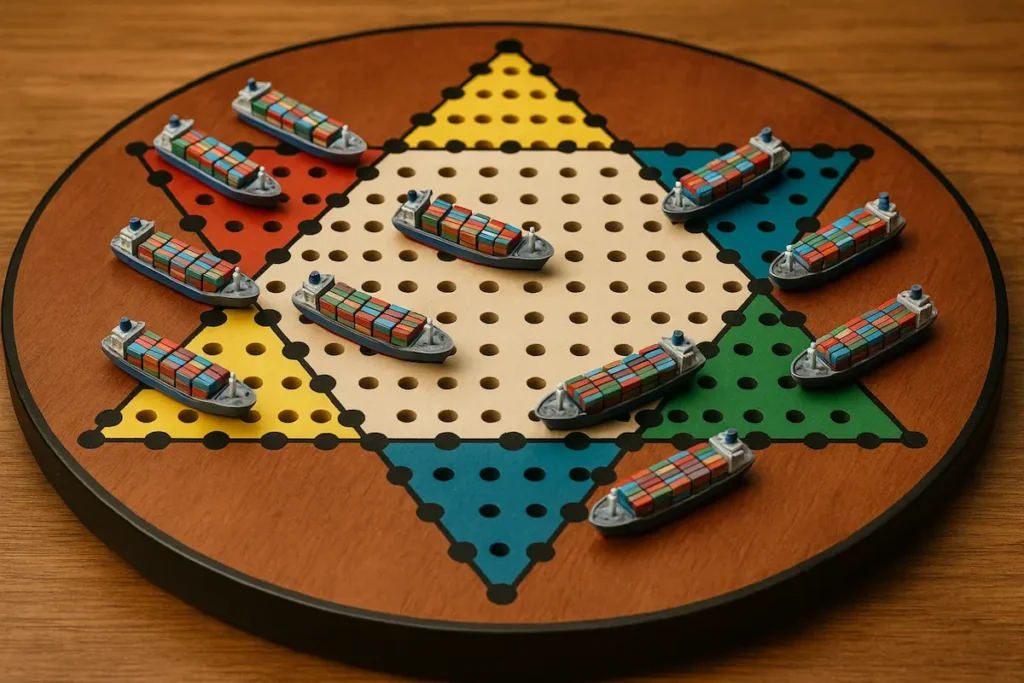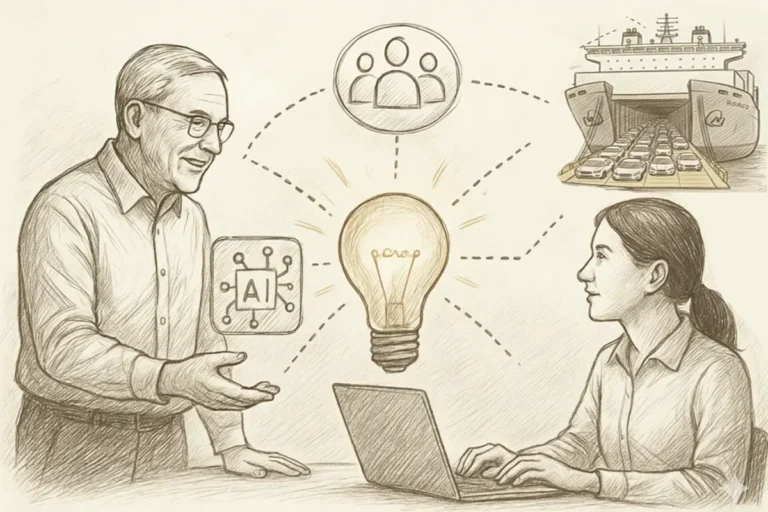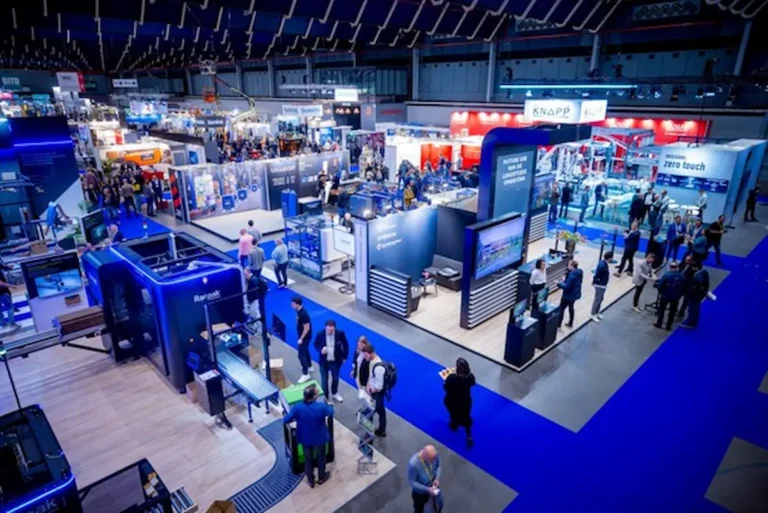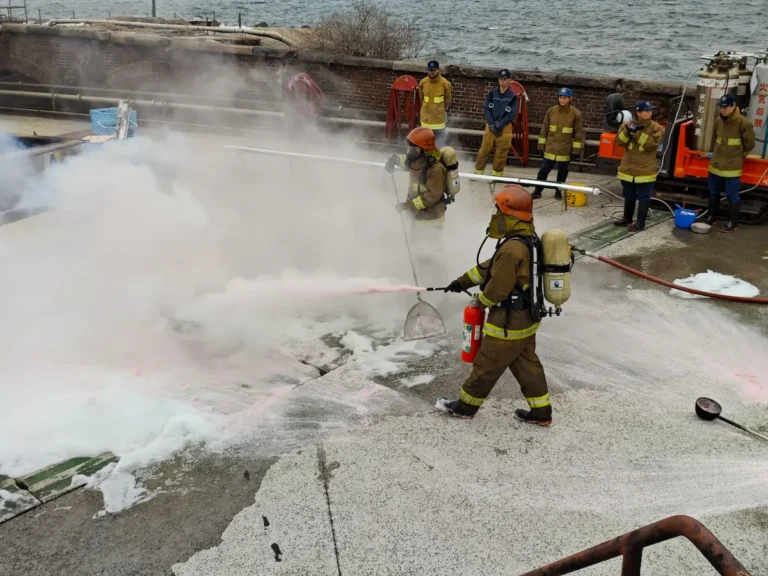Drone delivery company Flytrex hit a milestone last week when it delivered its 100,000th food order.
Flytrex, which operates in North Carolina and Texas, designs and develops its own drones.

“The entire tech stack, both hardware and software, is built in-house, and is built specifically for food delivery,” co-founder and Chief Executive Yariv Bash told Air Cargo Next. “Our drones can carry payloads of up to 6.6 pounds — our next drone will be able to deliver 9 pounds — which allows them to handle substantial orders, including family-sized meals.
“They can fly at speeds of up to 32 miles per hour and cover distances of up to 5 miles roundtrip,” he said. “This makes them particularly well-suited for suburban delivery, where they can quickly and efficiently serve customers over a relatively large area.”
The fastest delivery time is less than two minutes for flight distances up to 2 miles, according to a company release. The average delivery time is four minutes and 30 seconds, faster than the typical eight to 20 minutes it takes by car, depending on traffic. Flytrex owns and operates its fleet, according to Bash.
Flytrex is focused on food delivery, but its technology is applicable across the last-mile delivery sector.
“While food delivery is the primary service, the technology and infrastructure we have developed are versatile and could potentially be adapted for other types of deliveries in the future,” Bash said.
Making airspace for drones
The Flytrex delivery process eliminates person-to-person interaction and limits the amount of contact the customer has with the drone.
“Once a customer places an order through the Flytrex app, the restaurant prepares the food, which is then loaded onto one of Flytrex’s drones,” Bash said. “The drone flies autonomously to the customer’s location, guided by precise GPS coordinates.
“Upon arrival, the drone lowers to 80 feet and gently lowers the food using a tether to the ground,” he said. “The recipient does not need to interact directly with the drone; they simply retrieve their food from the tethered package once it touches down.”
See how the process works in this video from Flytrex:
Reduced interaction with the drone enhances speed and safety, priorities for drone delivery.
“Operating a drone delivery service involves several significant challenges, including regulatory compliance, safety and technological limitations,” Bash said. “Navigating FAA regulations is a complex process, but Flytrex has been working closely with the FAA for years to advance safe and practical drone operations.
“Safety is paramount, and Flytrex has invested heavily in developing robust technology, such as their custom flight controllers, to ensure reliable and secure operations,” he said. “Additionally, ensuring that the drones can handle various weather conditions and diverse payloads, such as large and heavy food orders, has been a focus.”




